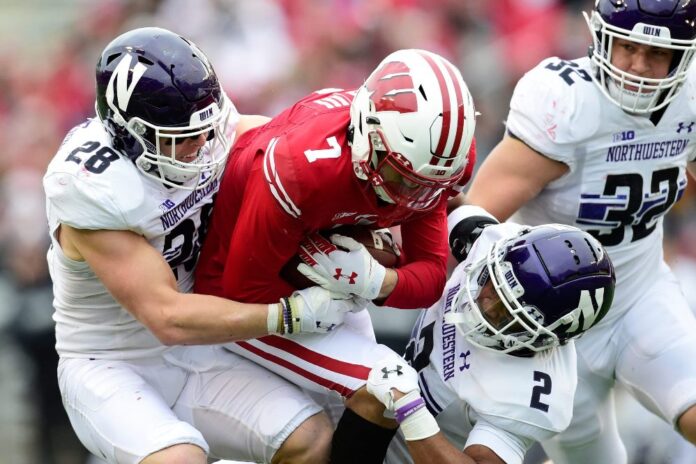The Basics of Chop Blocks in Football
When we think about football, images of powerful tackles, graceful catches, and strategic plays often come to mind. But there’s one move that stirs up controversy and confusion among players, coaches, and fans alike – the chop block. So what exactly is this notorious technique, and why does it cause such a stir on the gridiron?
Let’s dive into the world of chop blocks and unravel the mystery surrounding this contentious football maneuver.
Defining the Chop Block
A chop block is a type of blocking technique used in football where one player blocks an opponent at the thigh level or below while another player engages the same opponent above the waist. It’s essentially a double-team block where one blocker goes high and the other goes low on the same defender.
Picture this: You’re a defensive lineman, focused on breaking through the offensive line. Suddenly, you feel a hit to your upper body, and before you can react, another player takes out your legs from under you. That’s the essence of a chop block – a one-two punch that can leave defenders vulnerable and at risk of injury.
Why Chop Blocks Are Controversial
The controversy surrounding chop blocks stems from their potential to cause serious injuries. When a player is hit simultaneously high and low, it can put tremendous strain on their knees, ankles, and other joints. This increased risk of injury is why chop blocks have been heavily regulated and, in many cases, banned outright in various levels of football.
The Evolution of Chop Blocks in Football
Historical Context
To truly understand chop blocks, we need to take a trip down memory lane. Back in the day, football was a different beast – rougher, less regulated, and with fewer protections for players. Chop blocks emerged as a highly effective technique for taking down larger, more powerful defenders.
In the early days of the sport, these blocks were seen as just another tool in an offensive lineman’s arsenal. But as the game evolved and player safety became a growing concern, attitudes towards chop blocks began to shift.
Changing Rules and Regulations
Over the years, football governing bodies at all levels have implemented rules to limit or prohibit chop blocks. The NFL, NCAA, and high school football associations have all taken steps to crack down on this technique.
For instance, the NFL has gradually tightened its rules on chop blocks:
- In 1979, chop blocks were first banned on passing plays
- In 2016, the league expanded the ban to include all plays, not just passes
These changes reflect a growing awareness of player safety and a commitment to reducing unnecessary risks on the field.
Types of Chop Blocks
Not all chop blocks are created equal. Let’s break down the different variations of this controversial technique:
The Classic Chop Block
This is the standard version we’ve been discussing – one player hits high, another hits low, simultaneously targeting the same defender.
The Delayed Chop Block
In this variant, there’s a slight delay between the high and low blocks. It’s just as dangerous but can be harder for officials to spot.
The Cut Block vs. The Chop Block
It’s important to note the difference between a cut block and a chop block:
- A cut block is a legal move where a single player blocks low on an opponent
- A chop block involves two players, with one going high and one going low
Understanding this distinction is crucial for players, coaches, and fans alike.
The Impact of Chop Blocks on Player Safety
Injury Risks Associated with Chop Blocks
We can’t overstate the potential dangers of chop blocks. The simultaneous high-low impact can lead to a range of injuries, including:
- Torn knee ligaments (ACL, MCL)
- Ankle sprains and fractures
- Hip injuries
- Concussions (if the player’s head hits the ground)
These injuries can be career-altering or even career-ending for players, which is why there’s such a strong push to eliminate chop blocks from the game.
Player Perspectives on Chop Blocks
Ask any defensive player about chop blocks, and you’re likely to get a strong reaction. Many defenders view these blocks as dirty plays that put their careers at risk. On the flip side, some offensive players argue that when executed properly, chop blocks can be an effective and necessary part of the game.
This divide in opinion adds to the ongoing debate about the place of chop blocks in modern football.
Chop Blocks in Different Levels of Football
Chop Blocks in the NFL
As mentioned earlier, the NFL has taken a strong stance against chop blocks. The league’s current rules prohibit chop blocks in all situations, with hefty penalties for violations.
College Football and Chop Blocks
The NCAA has also cracked down on chop blocks, with rules similar to those in the NFL. However, there are some subtle differences in how the rules are applied at the college level.
High School Football Regulations
Many high school football associations have followed the lead of the NFL and NCAA, banning chop blocks to protect young players. However, rules can vary by state and league, so it’s always important to check local regulations.
The Strategy Behind Chop Blocks
Despite the controversy and rules against them, it’s worth understanding why chop blocks were once a popular strategy.
Offensive Advantages of Chop Blocks
When legal, chop blocks offered several advantages to offensive teams:
- Neutralizing larger defenders
- Creating running lanes
- Providing extra protection for quarterbacks
These benefits made chop blocks an attractive option for coaches looking to gain an edge.
Defending Against Chop Blocks
For defensive players, recognizing and avoiding chop blocks is crucial. Some strategies include:
- Staying alert and maintaining a wide base
- Using hands to fend off blockers
- Quick lateral movements to avoid low blocks
The Future of Blocking Techniques in Football
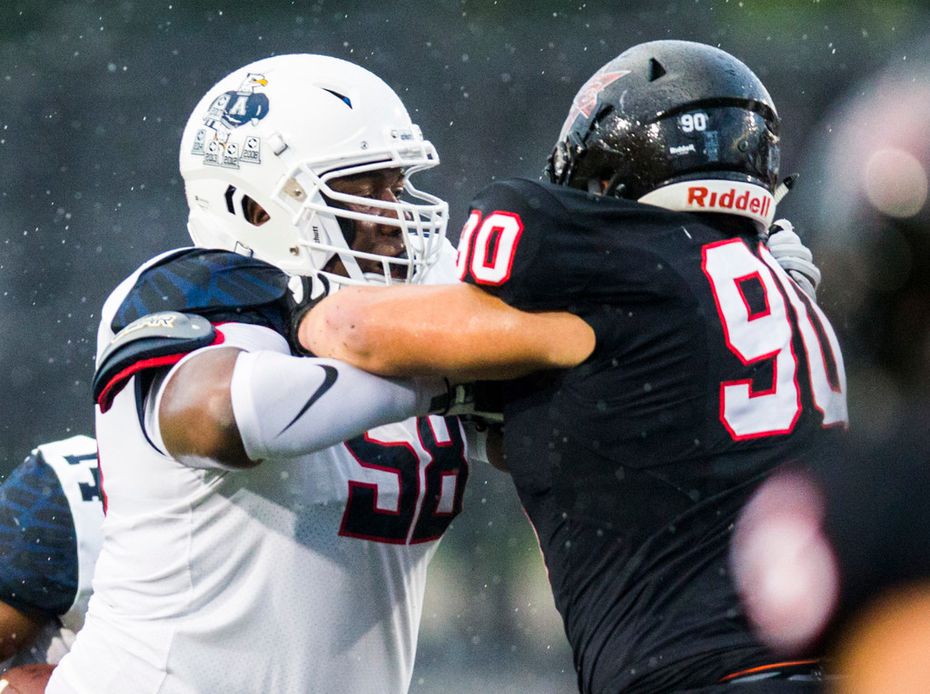
Alternatives to Chop Blocks
As chop blocks have been phased out, coaches and players have had to adapt. Some alternative blocking techniques include:
- Double team blocks (both players blocking above the waist)
- Cut blocks (single player blocking low)
- Combo blocks (players working together but not hitting high-low)
These techniques aim to achieve similar results without the increased injury risk.
Evolving Offensive Strategies
The ban on chop blocks has forced offensive coordinators to get creative. We’re seeing a shift towards:
- More mobile offensive linemen
- Increased use of pulling guards and tackles
- Greater emphasis on quick passes and misdirection plays
These changes are reshaping the way offenses approach the game.
Officiating and Chop Blocks
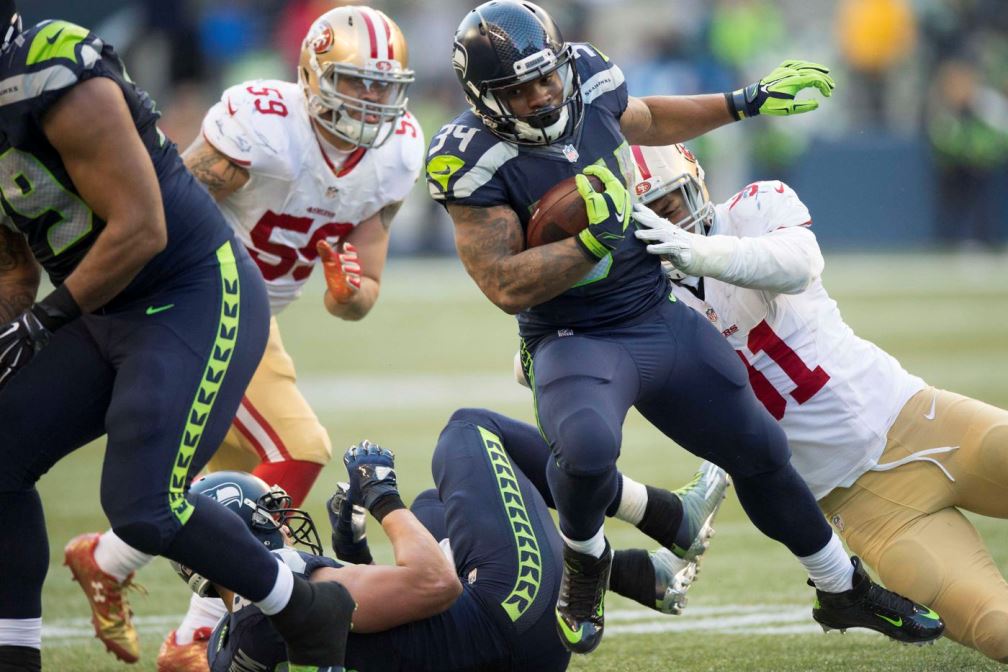
Challenges in Identifying Chop Blocks
For referees, spotting chop blocks can be tricky. The action happens fast, often in the crowded trenches of the line of scrimmage. Officials must be vigilant and work together to catch these infractions.
Penalties and Enforcement
When a chop block is called, the penalties are severe:
- In the NFL, it’s a 15-yard penalty
- In college and high school, it’s often a 15-yard penalty as well
These stiff penalties reflect the seriousness with which the football world now views chop blocks.
The Debate: Should Chop Blocks Be Completely Banned?
Arguments for a Total Ban
Those in favor of completely banning chop blocks argue:
- Player safety should be the top priority
- The technique is unnecessary and overly dangerous
- Removing chop blocks would lead to a cleaner, fairer game
Arguments for Limited Use
On the other side, some argue:
- When executed properly, chop blocks aren’t inherently dangerous
- They’re an important tool for smaller offensive linemen
- Banning them entirely changes the nature of the game
This ongoing debate reflects the broader conversation about balancing tradition, strategy, and player safety in football.
Chop Blocks in Professional Football Around the World
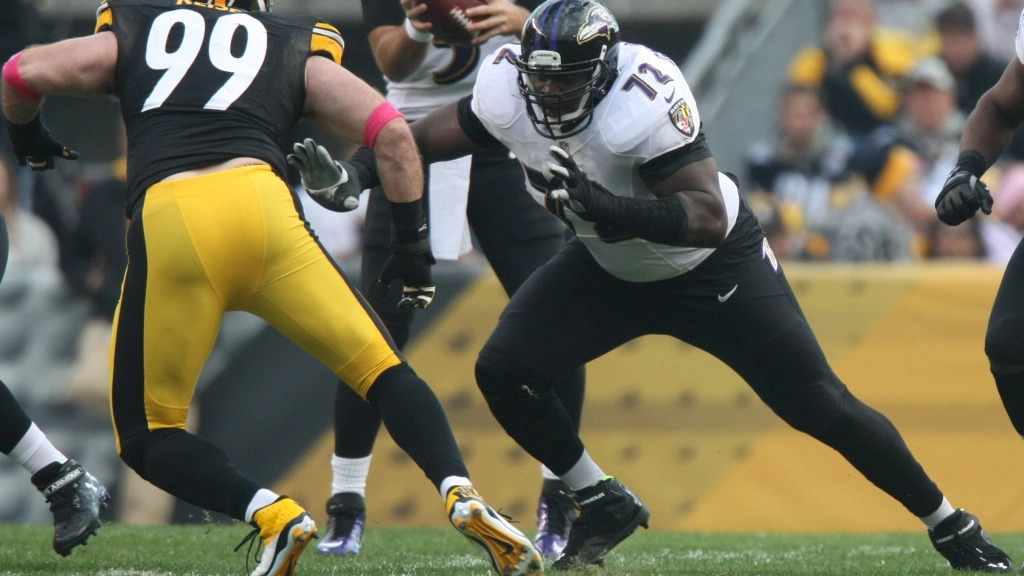
Chop Blocks in Canadian Football
The Canadian Football League (CFL) has its own set of rules regarding chop blocks, which differ slightly from the NFL. Understanding these differences is crucial for players who move between leagues.
Chop Blocks in Other Football Variants
From arena football to flag football, different variants of the sport have their own approaches to chop blocks. Exploring these can give us a broader perspective on the issue.
Training and Education: Preventing Chop Blocks
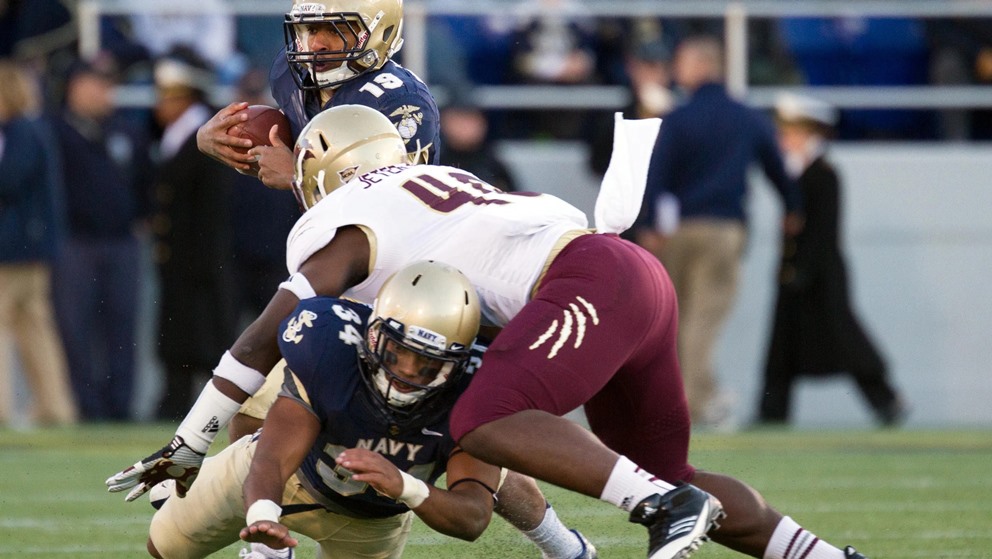
Coaching Techniques to Avoid Chop Blocks
For coaches, teaching proper blocking techniques is essential. This includes:
- Emphasizing legal blocking methods
- Instilling a culture of player safety
- Regular drills to practice safe blocking
Player Awareness and Prevention
Players, too, have a role to play. Staying informed about the rules and focusing on safe play can help reduce the occurrence of chop blocks.
Conclusion: The Future of Football and Chop Blocks
As we’ve explored, chop blocks are a complex and controversial aspect of football. From their origins as a strategic tool to their current status as a banned technique, they’ve played a significant role in shaping the sport we love.
Looking ahead, it’s clear that player safety will continue to be a primary concern in football. While chop blocks may be a thing of the past, the debate they’ve sparked about balancing tradition, strategy, and safety will likely continue to influence the evolution of the game.
As fans, players, and coaches, it’s our responsibility to stay informed and engaged in these discussions. After all, the future of football depends on our ability to adapt and improve the sport for generations to come.
FAQs About Chop Blocks in Football
Are chop blocks legal in any form of football?
While chop blocks are generally banned in most levels of football, some variations may still be legal in certain situations or leagues. It’s always best to check the specific rules of the league in question.
What’s the difference between a chop block and a cut block?
A chop block involves two players blocking one defender, with one going high and one going low. A cut block is a legal move where a single player blocks low on an opponent.
Why were chop blocks ever allowed in football?
Chop blocks were initially seen as an effective strategy, particularly for smaller offensive linemen to neutralize larger defenders. However, as awareness of player safety increased, rules against chop blocks were implemented.
What are the penalties for executing a chop block?
In the NFL and most college leagues, a chop block results in a 15-yard penalty. Penalties may vary in other leagues and levels of play.
How can players protect themselves against potential chop blocks?
Players can stay alert, maintain a wide base, use their hands effectively to fend off blockers, and practice quick lateral movements to avoid low blocks. Proper training and awareness are key to protection.


